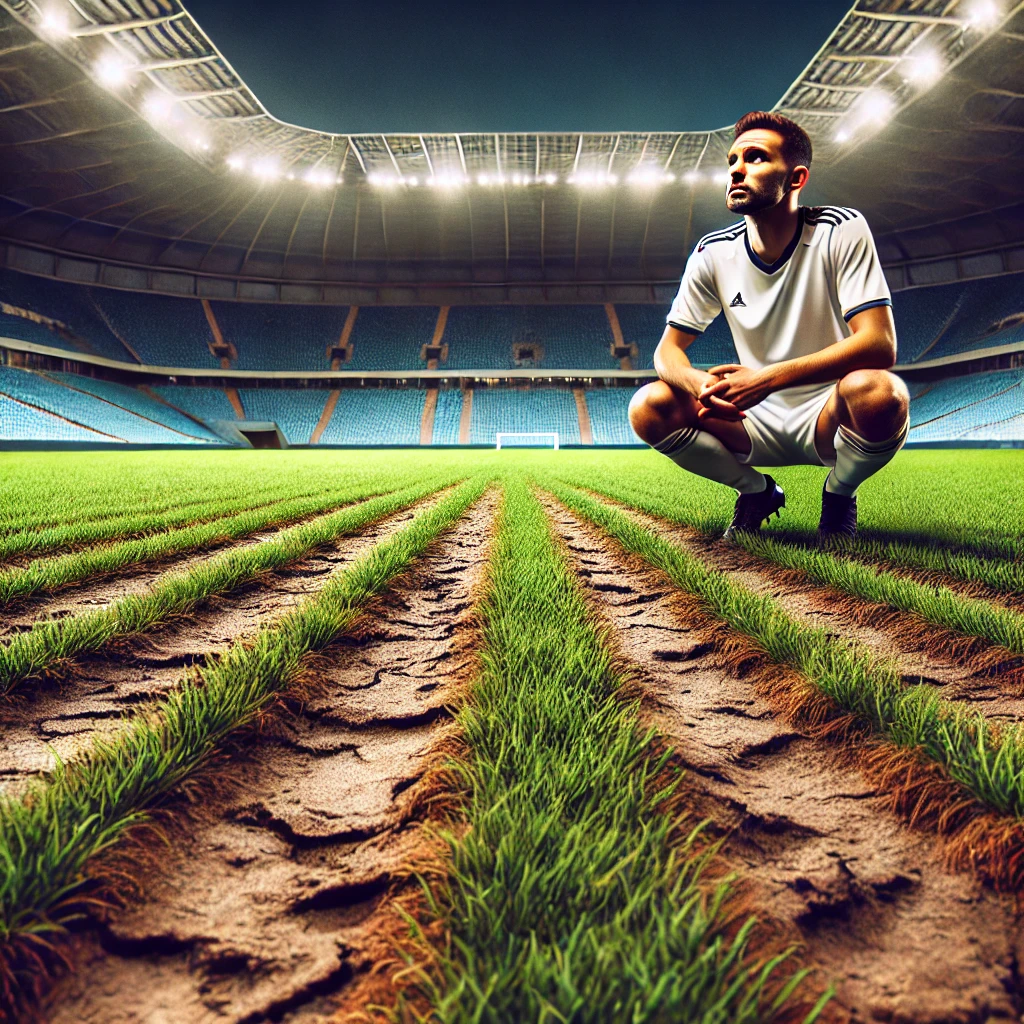Why Son Heung-min Criticized Seoul World Cup Stadium’s Grass
The Problem With Seoul World Cup Stadium’s Grass
Seoul World Cup Stadium, one of South Korea’s most iconic sports venues, has recently been under scrutiny for the poor condition of its grass field. The issue came to the forefront when Son Heung-min, one of the country’s most celebrated football stars, openly criticized the state of the pitch during interviews following international matches. But why is this issue still unresolved, and what is causing the turf to deteriorate?

Son Heung-min’s Concerns: Why It Matters
After a match against Oman, Son Heung-min emphasized how important the playing surface is for high-level football. He mentioned that the grass condition in Seoul World Cup Stadium was one of the main reasons the South Korean team struggled with precise ball control and quick dribbling. Son’s remarks echoed his previous concerns after a game against Palestine, where he noted that technical players were facing challenges due to the uneven surface. Even though the team managed to win, it was clear that the stadium’s field was not at the standard required for professional football.
Son isn’t alone in his criticism. Many fans watching the matches noticed the poor quality of the field, with inconsistent patches of grass and visibly worn areas, especially in high-traffic zones like the penalty area.
The Underlying Causes of the Grass Problem
So, what is causing the grass at Seoul World Cup Stadium to deteriorate? Several factors are contributing to the issue:
- Weather Conditions
One of the main reasons cited by Seoul’s facility management team is the country’s hot and humid summer. This climate is less than ideal for maintaining healthy turf, especially in a large, open stadium. The high levels of rainfall and heat can easily stress the grass, causing patches to die off or thin out. - Insufficient Maintenance
Another significant factor is the lack of adequate maintenance personnel. While stadiums in countries with similar climates, such as Japan, manage to maintain excellent pitch conditions, Seoul World Cup Stadium has struggled to keep up. In addition to staff shortages, some have argued that the maintenance techniques used are outdated and inadequate for the scale of the stadium. - Frequent Non-Sporting Events
Hosting numerous concerts and large events has also had a detrimental effect on the grass. When heavy stages and large crowds gather on the pitch, it causes severe damage to the turf. Despite attempts to protect the grass, these events often leave the field in a worse condition than before. - Lack of Investment in Advanced Solutions
Unlike many international stadiums that use hybrid grass or advanced turf maintenance technology, Seoul World Cup Stadium has not adopted these more modern solutions. The reliance on natural grass, which is susceptible to damage under heavy use, has left the stadium vulnerable to the issues now becoming evident.
Consequences of the Poor Grass Condition
The poor condition of the grass affects not only the players but also the integrity of the matches themselves. In football, a smooth, consistent playing surface is crucial for maintaining the speed and precision of the game. Irregular patches of grass can lead to unpredictable ball bounces, hinder fast-paced attacks, and even increase the risk of player injuries.
Even visiting teams have voiced their dissatisfaction. After a recent match, the head coach of the Palestinian team commented that his players had to make significant adjustments to their style of play due to the uneven field. Adjusting to the poor grass condition took away from their focus and strategy, which could have influenced the match’s outcome.
What’s Being Done? Solutions and Future Plans
While the problem has been widely recognized, finding a solution has not been easy. The Korea Football Association (KFA) has been reviewing alternative venues for upcoming international matches due to the ongoing issues with the Seoul stadium. However, the options are limited, as other stadiums, such as Suwon World Cup Stadium, are undergoing renovations, and Incheon’s Munhak Stadium is not equipped for high-profile international matches.
In addition to considering alternative venues, Seoul’s facility management team has acknowledged the need for improvements. They have cited plans to address staffing shortages and improve turf management practices. However, given the scale of the problem, these changes may not happen quickly enough to prevent further issues in upcoming matches.
Can This Problem Be Fixed?
It is clear that maintaining a stadium like Seoul World Cup Stadium requires more than just basic upkeep. Moving forward, adopting advanced technologies like hybrid turf, increasing staffing for maintenance, and investing in modern solutions will be essential. Many other international stadiums facing similar challenges have successfully maintained their fields by combining natural grass with synthetic fibers, which provide additional durability and longevity.
If these steps are not taken, the stadium risks becoming unfit for major matches, which could lead to South Korea losing its status as a go-to destination for international football events.
Conclusion: The Importance of Quality Playing Surfaces
The condition of the grass at Seoul World Cup Stadium is not just a minor issue—it directly affects the quality of the game and the safety of the players. Son Heung-min’s vocal criticism highlights how important it is for venues hosting high-profile matches to maintain world-class conditions. Without immediate action, the stadium risks damaging its reputation as a premier football venue. Now is the time for significant investments in modern maintenance technologies to ensure that future games are played on a surface that matches the skill level of the players competing on it.











